Water
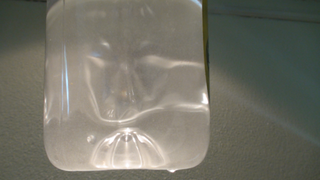
Tap Water
The treated tap water is not suitable for drinking and contains particles
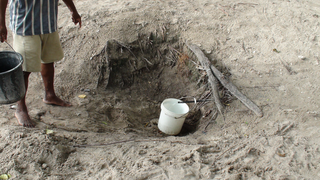
Illegal Water Connection
There are many illegal water connections which affect the water pressure on South Tarawa
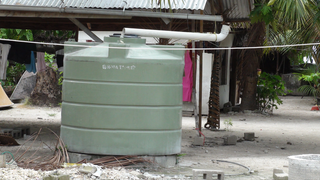
Rainwater Tank
Are becoming more common
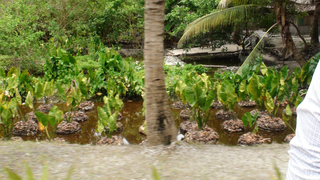
Swamp Taro
Because they are grown on the water table they can introduce contamination to the water supply

Garbage Collection
Garbage is placed on streets for collection and toxic material can escape into the water supply
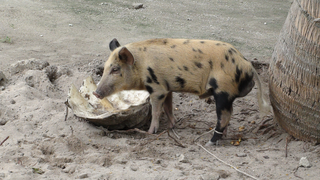
Pigs
The soil is very porous which allows contamination of the water supply
In Kiribati there are three sources of water: from boreholes, rain and water purified at the government plant.
Generally, the borehole water is contaminated from people burying their dead all over the island, and from human waste.
Gradual salinisation of the bore water with sea-level rise is also occurring.
Rainwater supply is not very widespread because most people don't have iron roofing or cannot afford a storage tank. Drought is also another factor that affects rainwater supply.
It is expensive to connect up to the purified water supply. Water supplied by truck is another options but tends to be slow.
Unsafe water is the main cause of water borne diseases in Kiribati. The rates of diarrhoeal diseases are high and contribute to high infant and the under 5 year old mortality rates.
Among the Pacific Island nations, Kiribati has the lowest proportion of households with sustainable access to an improved water source such as piped water, protected well and rainwater.
The Global Water Supply and Assessment Report 2000 defines reasonable access as "the availability of 20 liters per capita per day at a distance of no more than 1,000 meters". The amount of rationed water supplies in South Tarawa and Betio falls short of the recommended amount.
Outer Islands
The outer islands show relatively low prevalence of diarrhoeal diseases indicating that their water sources are relatively clean compared to those in urban and highly populated areas.
Many of the outer island water wells are situated where underground water is potable and not brackish.
Also, people often dig a safe distance inland and away from dwellings and reduce the potential for sanitary contamination.
The options for alternate water sources on outer islands will remain an issue because of inaccessibility, high cost and lack of materials to match modern water supplies systems.
Because most well water on outer islands is relatively safe the main problem improving accessibility.
Urban - South Tarawa
In urban and highly populated areas most protected/covered wells are contaminated because of poor sanitation.
Both accessibility and safety of water supplies in urban areas are major problems. In urban areas population congestion is increasing demand for safe water while underground piped water supplies which is the main source of clean water is dwindling.
In urban areas the majority of well water is not safe for drinking.
Public awareness campaigns are often run to remind the people for the need to boil water before consumption.
Many of the most threats to health and well-being in South Tarawa are caused by limited access to fresh water.
Population growth is one of the main causes of water issues. This is exacerbated by a lack of attention to urban planning leading to extreme contamination and over extraction of existing water reserves.
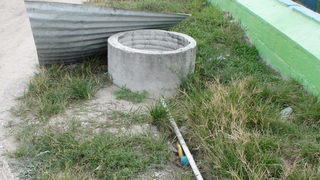
Uncovered Well
Many well do not have covers or sometimes the covers are not used
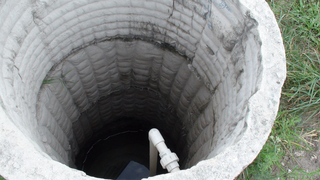
Well Pumps
Some wells have pumps to help distribute the water
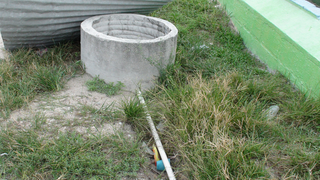
Well Connections
Some well have external connections
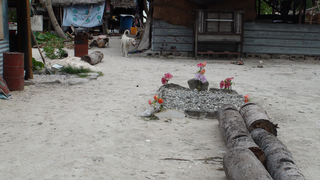
Graves
Due to the porous soil graves lead to contamination
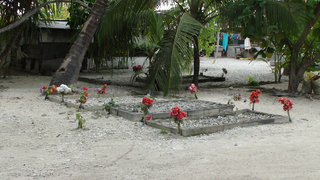
Graves
Graves are often located near water sources and houses

Graves
Often the water lens is only 1 to 2 meters below the ground
